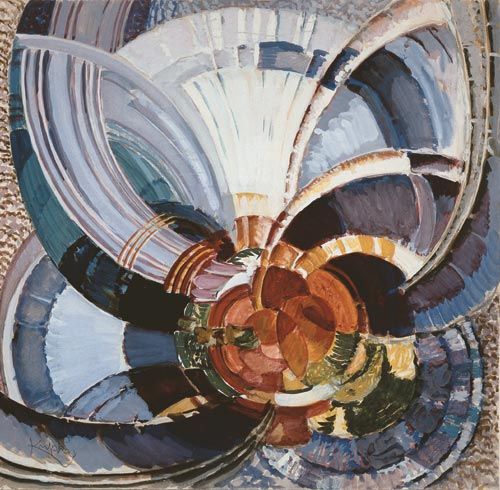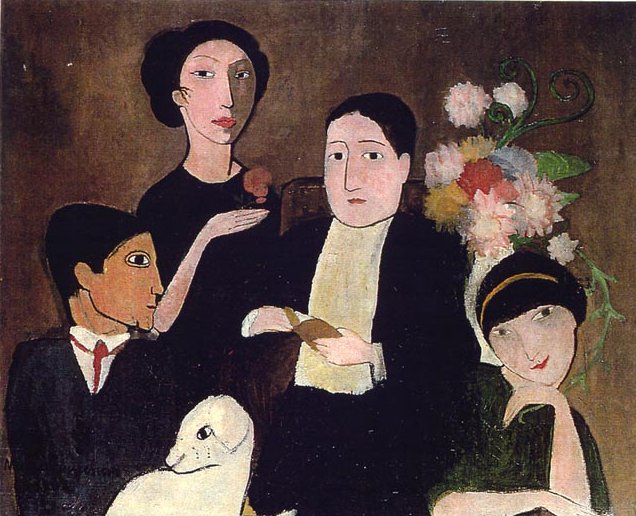 At Apollinaire’s Grave (Nic Saunders, 2011) Short film Poster
At Apollinaire’s Grave (Nic Saunders, 2011) Short film Poster
Haunted by his past, The Poet travels to Paris determined to follow in the footsteps of his literary heroes. What he finds there will change his life and work forever. Allen Ginsberg wrote the source poetry at The Beat Hotel, 9 rue Git-le-Coeur, Paris and the exterior of the hotel is actually used in the film. This is the second film directed by Nic Saunders based on the work of a member of the Beat Generation.
“…voici le temps
Oú l’on connaîtra l’avenir
Sans mourir de connaissance”
I
I visited Père Lachaise to look for the remains of Apollinaire
the day the U.S. President appeared in France for the grand
conference of heads of state
so let it be the airport at blue Orly a springtime clarity in the
air over Paris
Eisenhower winging in from his American graveyard
and over the froggy graves at Père Lachaise an illusory mist as
thick as marijuana smoke
Peter Orlovsky and I walked softly thru Père Lachaise we both
knew we would die
and so held temporary hands tenderly in a citylike miniature
eternity
Roads and streetsigns rocks and hills and names on everybody’s
house
Looking for the lost address of a notable Frenchman of the Void
to pay our tender crime of homage to his helpless menhir
and lay my temporary American Howl on top of his silent Caligramme
for him to read between the lines with Xray eyes of Poet
as he by miracle had read his own death lyric in the Seine
I hope some wild kidmonk lays his pamphlet on my grave for
God to read me on cold winter nights in heaven
already our hands have vanished from that place my hand
writes now in a room in Paris Git-le-Coeur
Ah William what grit in the brain you had what’s death
I walked all over the cementery and still couldn’t find your grave
what did you mean by that fantastic cranial bandage in your
poems
O solemn deathsead what’ve you got to say nothing
and that’s barely an answer
You can’t drive autos into a sixfoot grave tho the universe is
mausoleum big enough for anything
the universe is a graveyard and I walk around alone in here
knowing that Apollinaire was on the same street 50 years ago
madness is only around the corner and Genet is with us
stealing books
the West is at war again and whose lucid suicide will set it all right
Guillaume Guillaume how I envy your fame your accomplishment
for American letters
your Zone with its long crazy line of bullshit about death
come out of the grave and talk thru the door of my mind
issue new series of images oceanic haikus blue taxicabs in Moscow
negroes statues of Buddha
pray for me on the phonograph record of your former existence
with a long sad voice and strophes of deep sweet music sad and
scratchy as World War I
I’ve eaten the blue carrots you sent out of the grave and Van
Gogh’s ear and maniac peyote of Artaud
and will walk down the streets of New York in the black cloak
of French poetry
improvising our conversation in Paris at Père Lachaise
and the future poem that takes its inspiration from the light
bleeding into your grave
II
Here in Paris I am your guest O friendly shade
the absent hand of Max Jacob
Picasso in youth bearing me a tube of Mediterranean
myself attending Rousseau’s old red banquet I ate his violin
great party at the Bateau Lavoir not mentioned in the
textbooks of Algeria
Tzara in the Bois de Boulogne explaining the alchemy of the
machineguns of the cuckoos
he weeps translating me into Swedish
well dressed in a violet tie and black pants
a sweet purple beard which emerged from his face like the moss
hanging from the walls of Anarchism
he spoke endlessly of his quarrels with André Breton
whom he had helped one day trim his golden mustache
old Blaise Cendrars received me into his study and spoke
wearily of the enormous length of Siberia
Jacques Vaché invited me to inspect his terrible collection of
pistols
poor Cocteau saddened by the once marvelous Radiguet at his
last thought I fainted
Rigaut with a letter of introduction to Death
and Gide praised the telephone and other remarkable inventions
we agreed in principle though he gossiped of lavender underwear
but for all that he drank deeply of the grass of Whitman and
was intrigued by all lovers named Colorado
princes of America arriving with their armfuls of shrapnel and
baseball
Oh Guillaume the world so easy to fight seemed so easy
did you know the great political classicists would invade Montparnasse
with not one sprig of prophetic laurel to green their foreheads
not one pulse of green in their pillows no leaf left from their
wars‒‒ Mayakovsky arrived and revolted.
III
Came back sat on a tomb and stared at your rough menhir
a piece of thin granite like an unfinished phallus
a cross fading into the rock 2 poems on the stone one Coeur
Renversée
Other Habituez-vous comme moi A ces prodigies que j’annonce
Guillaume Apollinaire de Krostrowitsky
Someone placed a jam bottle filled with daisies and a 5&10₵
surrealist typist ceramic rose happy little tomb with flowers and overturned heart
under a fine mossy tree beneath which I sat snaky trunk
summer boughs and leaves umbrella over the menhir and nobody there
et quelle voix sinistre ulule Guillaume qu’es-tu devenu
his nextdoor neighbor is a tree
there underneath the crossed bones heaped and yellow cranium
perhaps
and the printed poems Alcools in my pocked his voice in the
museum
now middleage footsteps walk the gravel
a man stares at the name and moves toward the crematory
building
Same sky rolls over thru clouds as Mediterranean days on the
Riviera during war
drinking Apollo in love eating occasional opium he’d taken the
light
one must have felt the shock in St. Germain when he went out
Jacob & Picasso coughing in the dark
a bandage unrolled and the skull left still on a bed outstretched
pudgy fingers the mistery and ego gone
a bell tolls in the steeple down the street birds warble in the
chestnut trees
Family Bremont sleeps nearby Christ hangs big chested and
sexy in their tomb
my cigarette smokes in my lap and fills the page with smoke
and flames
an ant runs over my corduroy sleeve the tree I lean on grows
slowly
bushes and branches upstarting through the tombs one silky
spiderweb gleaming on granite
I am buried here and sit by my grave beneath a tree
Allen Ginsberg
Paris, Winter-Spring 1958
To watch the trailer of At Apollinaire’s Grave, please take a gander at The Genealogy of Style‘s Facebook page:https://www.facebook.com/pages/The-Genealogy-of-Style/597542157001228?ref=hl
 Study for Around a Point, František Kupka
Study for Around a Point, František Kupka Circular Forms, Robert Delaunay
Circular Forms, Robert Delaunay



























